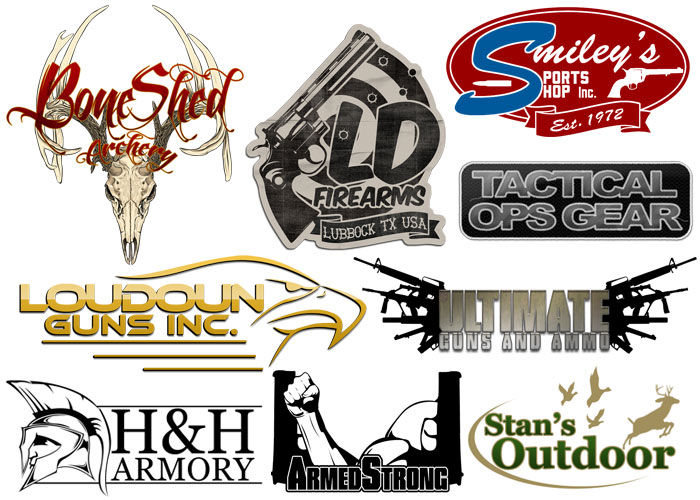E-commerce and fraud go hand in hand. There are dishonest people out there trying to beat the system or even going as far as aiding terrorist groups abroad. This blog will cover some “red flags” to watch for when processing your orders on your e-commerce website. I will go over the things that we look for as warnings that something may be amiss. I know it’s exciting to get a stack of orders in on your site but you need to be vigilant at this time and carefully screen them. If you ship out a fraudulent order or have it drop shipped from your distributor there is most likely no turning back and it will only be a matter of time before the true card holder charges back the order. You will be left with no product and having to refund the money and will still get billed by your distributor. That is bad and can be a killer for a small business. Here are some things to look for below that could be considered suspect. This list is by no means all inclusive but it will serve as a good guide. If you are unsure about an order call Outdoor Business Network and/or call your merchant service provider. We will be more than happy to help you research the questioned order.
1) Check Shipping, Billing and Customer addresses.
If you see the discrepancies in addresses call your customer to verify ALL information you have received. I would even go as far as casually asking them perhaps what kind of a firearm they are using a particular item they ordered on. If you are worried about the customer being annoyed they won’t be. Treat it as you are simply looking out for their best interest. They will thank you for this. By doing this and verifying they are who they say they are you will also be building customer loyalty and they will be far more likely to repeat business with you down the road.
2) Let Google & Google maps be your friend.
We use these tools all the time when something seems fishy. We search addresses for a multitude of reasons. One thing happening in the fraud world is items are purchased from a legitimate card unbeknownst to the actual card holder. The Customer and Billing address usually match but the shipping address is different. On several occasions we have found that by searching the shipping address we find that it is some form of mail forwarding service. These “services” many times are involved in terrorist activity overseas. If this scenario arises I advise to not ship that order at all.
3) Expedited or Overnight Shipping.
Yes that is correct. The bad guys have figured that they have a limited window of opportunity to use someone’s ill gotten credit card info before they or the bank figure out what is happening. So with time being a factor they want these things shipped out as soon as possible. If you see the faster shipping charges being used call your customer.
4) Larger than average orders.
If your average order is consistent between $100-$150 and then all of a sudden you get a string of orders for significantly higher amounts that could mean you are being targeted.
5) Orders for several similar or identical items.
In the shooting industry by far the most sought after products when it comes to credit card fraud are scopes and holographic optics. I would call and check on every single one of these. These are definitely the hot product and they definitely do end up in the hands of some very bad people. So when you see orders for a scope and definitely when you see orders for multiple scope/optic type items you will again want to contact your customer.
6) International shipping addresses.
A large number of fraudulent transactions are shipped to international address. As far as the shooting industries being concerned I would almost avoid that all together as many items, such as scopes, are prohibited from being sent out of the country without the proper exporting paperwork. If you are going to get into international shipments be sure to do a ton of research to protect yourself as much as possible.
7) Payments with similar card account numbers.
Many bad card numbers are created through various types of software. These numbers are often similar.
8) Multiple orders shipped to the same address.
If a several different cards are used to ship product to a given address especially in a short period of time this may also be an indicator of fraudulent activity. Again the crooks have a limited time frame to work with so they order as much as they can with as many cards as they can in a short period of time.
9) Multiple shipping addresses.
When a particular card is used to ship to several addresses that may also be cause for alarm.
As far as prevention is concerned you can also do the following things listed
1) Educate yourself and your staff
Many of these things are simple to avoid if the whole team is simply on the same page. As a business owner learn about this stuff and pass that knowledge on to your staff. The time and effort spent will be well worth it.
2) Use a reputable merchant services
Good merchant service providers often have many security tools built into your account. Use them! If you are unsure of who is a quality company to work with OBN is happy to make a recommendation as we work with several trusted entities.
3) Use the card security codes
Card Security Codes help verify that the customer is in a physical possession of a valid card during a card-not-present transaction.
4) Use Address Verification System
This will verify the billing address for the card.
5) Call the payment gateway
When in doubt, you can call the payment gateway and verify everything on the card is on the up-and-up. You can verify the card holders name, address and funds. You pay for a service, make sure you are taking full advantage of it.
Nothing makes us happier than seeing traffic and sales come through your site; just as nothing pains us more than seeing fraudulent orders come through. We want to see you succeed in your business plan. It would be easy to change your website to process orders automatically but that would do nothing to stop fraud and be detrimental to the long term viability of your business. Profitability is the objective but nothing short of due diligence will help you accomplish that goal.



